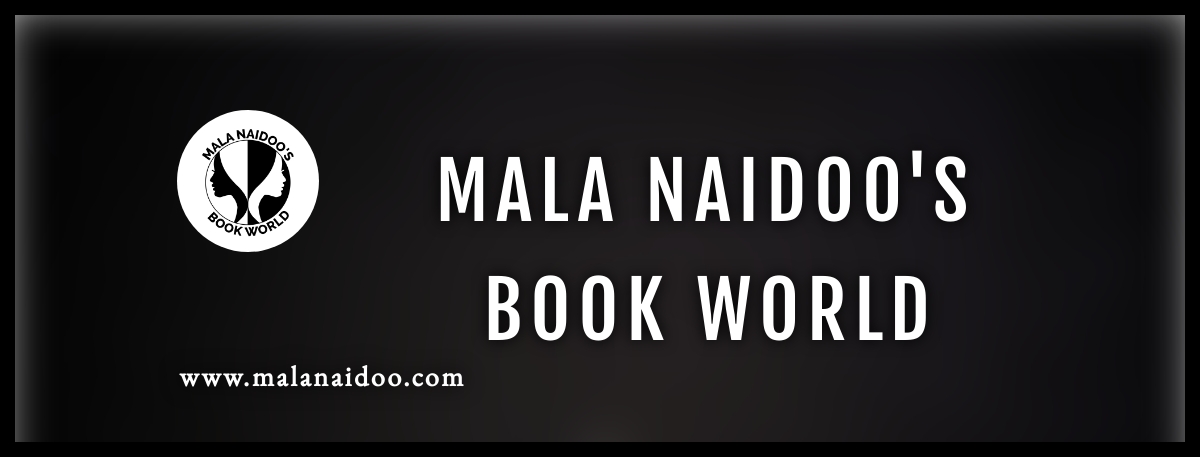Is there ever too much in a writing life?
A full-time writer lives and breathes, creating fresh stories, poetry, and essays. Nothing is ever too much for the creative.
When starting out as a writer, passion draws one to all things writing, from social media, literary associations, events both live and online and a plethora of books on how to write and publish. FOMO consumes the early years, but on the flip side, it can erode creative time.

Over time, whittle down to those activities that create the time and space for the creative process together with growing an author brand and business. There is much to gain from trying different groups and associations to test what fits your values and the type of writer you hope to be.
Be unique, select memberships wisely
Don’t strive to be someone else. Readers appreciate authenticity.
While exploring the creative cyber space, books, groups, and associations, you realise, over time, what adds value to your work.
It is vital to look for integrity when seeking to find where you belong as an artist in what can be an overwhelming space if trying to fit in with more than you can humanly manage.
Passion and FOMO drive the need to be a part of all and more
Give priority to the innate reason for choosing a creative life. This will guide your understanding of where to invest your time and growth. Running your own creative business is a mammoth task before investment in virtual assistants.
In the initial stages of a creative life, creatives might manage a day job and fit in a creative life after hours, besides managing rest and domesticity.
To ensure you give adequate creative time to your work, divvy up time to at least two associations that echo your values. An authentic organisation such as ALLi guarantees professional development, keeps you informed of current writing and publishing trends. Podcasts and FB live monthly advice sharing, and a Self-PubCon offer advice not to be missed. A directory of vetted services available to ALLi members is where you will find cover designers, editors, and many other services you require as a creative in publishing.
Depending on where you live in the world, you might hook up with a local association and join a Facebook Group or two for the quality of the experience. It is easy to slip down the rabbit-hole chasing after what appears bigger and better. Over time, this will steal valuable time from your ultimate purpose: to write and write more.
Sharing across author platforms is a great way to promote your work to different readers while helping promote the work of writers you enjoy and admire to your supporters. This garners support from grateful creatives who return the respect by promoting your work.
The creative space is generous and supportive. Find your authentic niche and belong to grow your creative works.
Please share the platforms you enjoy in the comment box below to help fellow aspiring writers make discerning creative choices.
Happy Writing, Happy Learning!





































You must be logged in to post a comment.